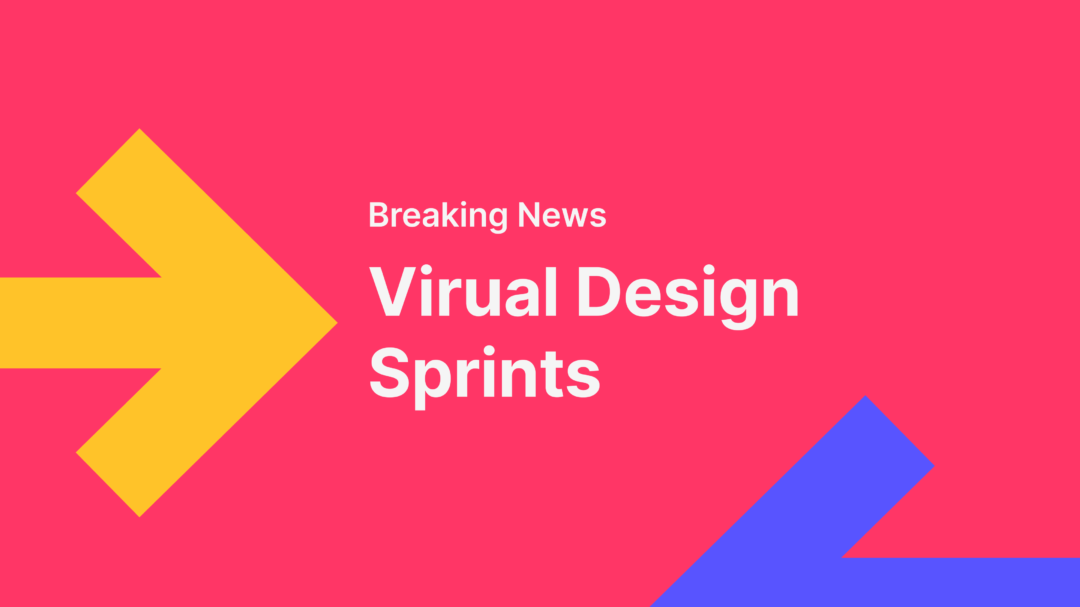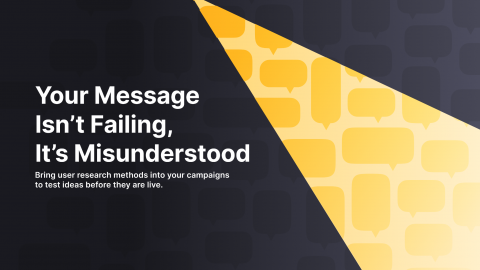There’s no doubt that lately, we’ve been going through some crazy times. The business world is more than ever susceptible to volatility caused by increased uncertainty. Professionals are now challenged with coping with the new “all things remote” reality and design sprints are surely not an exception.
That’s why we decided to interview a remote/virtual design sprints expert. To give you -and us- a little helping hand on getting closer to the remote/virtual design sprints mastery.
Robert Skrobe, organized and facilitated remote/virtual design sprints before it was “cool”. Read to the end of the interview and we promise you that you will get tons of “virtual sprinting wisdom”.
1. So, Mr. Skrobe, how long have you been training teams on virtual design sprints?
I’ve been going at it for just under 2 years. I started out with in-person design sprints back in early 2016 and went full remote/virtual about six months later.
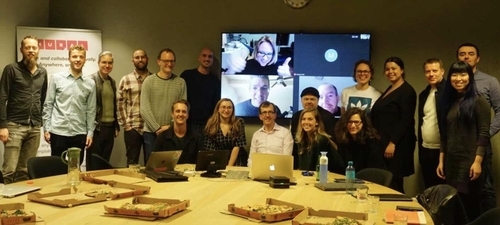
2. Are virtual design sprints and remote design sprints the same?
The main difference between remote and virtual design sprints is that the latter requires each person to have their own screen. Most remote design sprints that have distributed teams with two or more people separated from a larger group run into a lot of logistical issues. Communication tends to break down over time and facilitators usually work twice as hard as they normally would to keep everyone on the same page.
With remote/virtual design sprints you get the same results as an in-person design sprint in half the time.
3. What are the main differences between remote/virtual design sprints and physical design sprints?
With physical design sprints, you have the luxury of rich, interpersonal communication and collaboration. You can meet, work and collaborate with people in real-time. You’ll also have a shared human experience that fosters a real sense of learning, camaraderie, and respect for one another.
Remote/virtual design sprints are highly customizable and versatile by nature. You can usually record everything from stakeholder interviews to in-session activities, voting, and discussion for later viewing and documentation. You also have the added advantage of working with distributed professionals who can switch between ‘online together’ and ‘offline alone’ modes of work.
Experiment and try different approaches to getting the outcomes you want. With a virtual application of the design sprint methodology, you can mix and match several different types of processes and techniques.
4. What’s the main advantage of running a virtual design sprint?
You get the same results as an in-person design sprint in half the time.
5. And what about the main disadvantage?
Unless you purposely meet in advance, a lack of human connection and distancing can sometimes be a real detractor.
6. Now that more and more teams are turning to virtual/remote design sprints, what’s your single top advice?
Experiment and try different approaches to getting the outcomes you want. With a virtual application of the design sprint methodology, you can mix and match several different types of processes and techniques. The important thing is to practice and build confidence by facilitating and leading that kind of effort.
7. Could you tell us the 5 most important tips when running a virtual/remote design sprint?
My top 5 would probably apply for in-person sprints as well. They are:
- Prepare for your session as far in advance as possible
- Schedule a kickoff session to have participants try out their tools and test their connections.
- Meet 1 on 1 with individuals who might need extra help or guidance with the process
- Create a Sprint Brief that captures the vision, mission, and success criterion of the overall design sprint. Utilize OKR’s (objectives + key results) to place emphasis on the expected business results of the overall effort.
- Always run a virtual design sprint with two facilitators.
8. How can you help teams become better on virtual/remote design sprints?
By learning together and sharing perspectives. I may be very well versed and knowledgeable about virtual design sprints and their application in various situations and business environments, but I’m not above taking a new approach to getting things done.
As long as I’m active in the greater community, keep an open mind and try to serve where it makes sense to do so, I’ll be happy to help anyone in need.
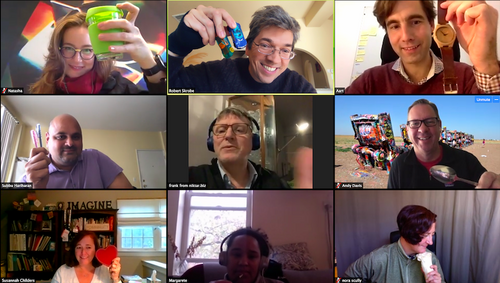
9. Anything else you would like to add?
I run a bi-yearly event called the Global Virtual Design Sprint. Its main purpose is to give those who are looking to practice and learn about virtual design sprints the chance to do so.
Our next event is coming up from May 4-22. If you’d like to learn more about it, you can visit this website.
Other than that, feel free to connect with me on LinkedIn! I’d be more than happy to start a conversation about remote facilitation, virtual design sprints, or ‘prototyping’.
Hope to hear from you!
TL;DR
Virtual design sprints are a great and efficient way to continue “sprinting” during a virus outbreak. They are far more flexible than the physical ones allowing you to do a number of things -with your laptop- from your home’s convenience. It surely comes with some cons, one of which is that distancing can sometimes become a real detractor. Mr. Skrobe suggests that we experiment and try different approaches before we agree on a specific process. He also suggests that we always deploy 2 facilitators, are well prepared before the session, make sure everything runs smoothly, and utilize OKR’s (objectives + key results) during the sprint to set benchmarks to evaluate performance and business impact.
We want to thank Mr. Skrobe again for his valuable insights on virtual design sprints and wish him “Happy sprinting!”.
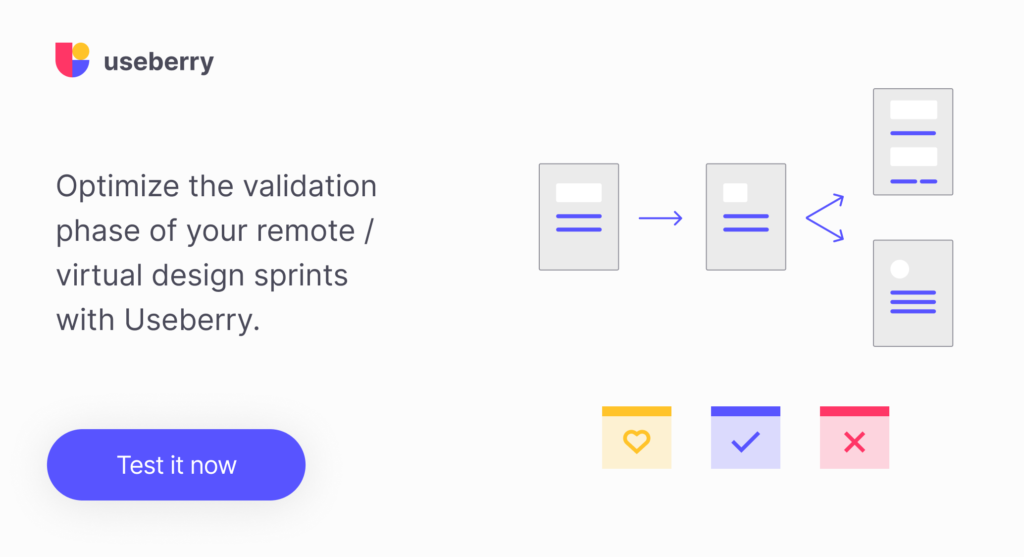
Feel free to contact us!
We’d love to know your experience with Useberry and we will be excited to hear your thoughts and ideas.


